Charleston Currents #12.29 | June 1, 2020
HAUNTING IMAGE. Charleston City Paper staffer Lauren Hurlock captured the frustrating schizophrenia of how America has failed to deal with racial injustice in this Saturday scene taken at Whie Point Gardens during a Charleston protest. Will the country finally deal with its racial ghosts or will this boy be attending protests when he’s a young adult? More photos of Charleston’s reactios to last week’s murder of George Floyd in Minneapolis that sparked protests and riots around the country are below in Today’s Focus.
 TODAY’S FOCUS: Peaceful protest followed by looting, clean-up and curfew
TODAY’S FOCUS: Peaceful protest followed by looting, clean-up and curfew
COMMENTARY, Brack: Return home and say a prayer for the country
IN THE SPOTLIGHT: SCIWAY
NEWS BRIEFS: Free parking downtown after 6 p.m.
FEEDBACK: Yep, put on the mask
MYSTERY PHOTO: Pipes and stuff
CALENDAR: Charleston Museum reopens
S.C. ENCYCLOPEDIA: Granby
Peaceful protest followed by looting, clean-up and curfew
Staff reports | Saturday brought a pretty peaceful protest of up to 1,000 people marching through the streets of downtown Charleston. But as night fell, looters ransacked stores and eateries already suffering from weeks of closure due to the novel coronavirus.
Police fired tear gas to disperse a crowd as rioters, generally thought to be a different set of people from protesters, threw bricks, rocks and furniture through windows along King Street, particularly causing damage north of Calhoun Street. By 10 p.m., a countywide curfew was in effect.
Just before midnight, Charleston Mayor John Tecklenburg released the following statement: “The murder of George Floyd has rightly caused outrage here and across the country. And while we as Charlestonians strongly support all of the good men and women who are peacefully and lawfully protesting that terrible crime, we cannot and will not condone acts of violence and vandalism in our city. Tonight, our police will work to contain the relatively small number of bad actors who are doing this damage. And tomorrow morning, Charlestonians of every race and station will come together to reject all forms of violence and injustice, and to affirm once again that ours is a city united in peace.”
By Sunday, brigades of volunteers showed up with shovels and wheelbarrows to help businesses clean up the mess. It was an outpouring of support diametrically opposed to the frenetic violence of the night before. By Sunday afternoon, police, some in riot gear, were more visible as uncertainty grew about what was to come overnight. A few arrests were made. By 6 p.m.officials announced another night-long curfew, which helped to ease the tension. By morning, the city was quiet.
The photos below are by Charleston City Paper’s Sam Spence and Lauren Hurlock and North Charleston photographer Jackson Bailes.
Saturday protest
Sunday clean-up
Beaufort protest
Up to 100 people rallied peacefully Saturday and Sunday in Beaufort at Ribault Road and Boundary Street near Beaufort National Cemetery. Resident Carol Corbin, who provided the photos below, described it as a spontaneous rally on Saturday in which youths were protesting the death of a friend by police. By Sunday, more people joined the effort.
BRACK: Return home and say a prayer for the country
By Andy Brack, editor and publisher | Protest is just fine. Violence as a means of protest is just wrong, 100 times over. It accomplishes nothing positive. It emboldens evil.
 Here and across the country, racial injustice is splitting America, much like it did five centuries ago. This week, just like in 1968, Americans watched a rocket blast into space and saw cities burn following the grisly murder of an African American man.
Here and across the country, racial injustice is splitting America, much like it did five centuries ago. This week, just like in 1968, Americans watched a rocket blast into space and saw cities burn following the grisly murder of an African American man.
Fifty-two years ago on the night that Dr. Martin Luther King Jr. was assassinated, presidential candidate Bobby Kennedy climbed onto a flatbed truck in a black neighborhood in Indianapolis. The city’s mayor thought it was too dangerous. Police didn’t escort him. He faced a boisterous crowd. But to Kennedy, they obviously didn’t yet know King had been gunned down. Their faces glowed with the political optimism of another Kennedy and the hope he might bring.
Kennedy knew he had to face America’s original sin, racial injustice. Then he gave what has been called “one of the most eloquent extemporaneous speeches of the 20th century,” touching emotionally on a pain he had long avoided — the 1963 assassination of his brother, John F. Kennedy. Instead of looting, flames, bullets and arrests, let’s be inspired by these words to come together and not let hate tear us apart:
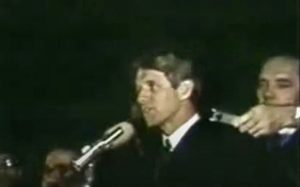 “I have sad news for all of you, and that is that Martin Luther King was shot and killed tonight in Memphis, Tennessee. Martin Luther King dedicated his life to love and to justice between fellow human beings. He died because of that effort.
“I have sad news for all of you, and that is that Martin Luther King was shot and killed tonight in Memphis, Tennessee. Martin Luther King dedicated his life to love and to justice between fellow human beings. He died because of that effort.
“In this difficult day, in this difficult time for the United States, it is perhaps well to ask what kind of a nation we are and what direction we want to move in. For those of you who are black — considering the evidence there evidently is that there were white people who were responsible — you can be filled with bitterness, and with hatred, and a desire for revenge. We can move in that direction as a country, in greater polarization — black people amongst blacks, and white amongst whites, filled with hatred toward one another.
“Or we can make an effort, as Martin Luther King did, to understand and to comprehend, and to replace that violence, that stain of bloodshed that has spread across our land, with an effort to understand with compassion and love.
“For those of you who are black and are tempted to be filled with hatred and distrust of the injustice of such an act, against all white people, I can only say that I feel in my own heart the same kind of feeling. I had a member of my family killed, but he was killed by a white man. But we have to make an effort in the United States, we have to make an effort to understand, to go beyond these rather difficult times.
“My favorite poet was Aeschylus. He once wrote: ‘Even in our sleep, pain which cannot forget falls drop by drop upon the heart until, in our own despair, against our will, comes wisdom through the awful grace of God.’
“What we need in the United States is not division; what we need in the United States is not hatred; what we need in the United States is not violence and lawlessness; butia love and wisdom, and compassion toward one another, and a feeling of justice toward those who still suffer within our country, whether they be white or whether they be black.
“So I shall ask you tonight to return home, to say a prayer for the family of Martin Luther King, that’s true, but more importantly to say a prayer for our own country, which all of us love–a prayer for understanding and that compassion of which I spoke.
“We can do well in this country. We will have difficult times; we’ve had difficult times in the past; we will have difficult times in the future. It is not the end of violence; it is not the end of lawlessness; it is not the end of disorder.
“But the vast majority of white people and the vast majority of black people in this country want to live together, want to improve the quality of our life, and want justice for all human beings who abide in our land.
“Let us dedicate ourselves to what the Greeks wrote so many years ago: to tame the savageness of man and make gentle the life of this world. Let us dedicate ourselves to that, and say a prayer for our country and for our people.”
- Listen to the speech here.
- Brack, 5/29: An open letter to racists
Andy Brack is the editor and publisher of Charleston Currents and Statehouse Report. He is publisher of the Charleston City Paper. Have a comment? Send to: editor@charlestoncurrents.com
SCIWAY
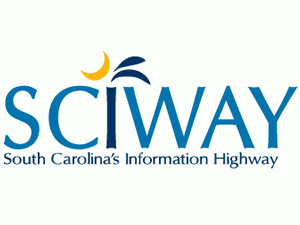 The public spiritedness of our underwriters allows us to bring Charleston Currents to you at no cost. Today we shine our spotlight on SCIWAY. Pronounced “sky-way,” SCIWAY is South Carolina’s Information Superhighway — the largest and most comprehensive directory of South Carolina information on the Internet. It includes thousands of links to other South Carolina Web sites, including Charleston Currents, as well as an amazing collection of maps, charts, articles, photos and other resources.
The public spiritedness of our underwriters allows us to bring Charleston Currents to you at no cost. Today we shine our spotlight on SCIWAY. Pronounced “sky-way,” SCIWAY is South Carolina’s Information Superhighway — the largest and most comprehensive directory of South Carolina information on the Internet. It includes thousands of links to other South Carolina Web sites, including Charleston Currents, as well as an amazing collection of maps, charts, articles, photos and other resources.
- To learn more about this extraordinary information hub that 7 million people visit a year, go to: http://www.SCIWAY.com.
- To meet all of our underwriters,click here.
Support local, independent journalism
We’re proud to offer Charleston Currents for free. For more than a dozen years, we’ve been the go-to place for insightful information and good news about the Lowcountry. And we love it as much as you do. But now, we can use your help. If you’ve been thinking of contributing to Charleston Currentsover the years, now would be a great time to contribute as we deal with the crisis. In advance, thank you.
— Andy Brack, editor and publisher
Free parking downtown after 6 p.m.
Staff reports | Starting today and lasting through the end of the year, metered parking enforcement will cease in the city of Charleston after 6 p.m. Why? To support local businesses and help stimulate an economic recovery, according to a press release.
Officials said that in conjunction with the change, regular parking meter enforcement will resume between the hours of 9 a.m. and 6 p.m.
Additionally, parking for food and beverage employees in CARTA’s park-and-ride HOP lot at 995 Morrison Drive will be free for the rest of the year.
“It’s critical that we continue to do everything we can to support our small and locally-owned businesses as they work to reopen safely,” said Charleston Mayor John Tecklenburg.” These free parking initiatives are a small but important part of our larger effort to keep Charleston healthy and strong throughout this unprecedented time.”
Also in the news:
![]() Legislators want fixes for ailing juvenile justice agency: A Feb. 5 federal report sought to make South Carolina’s child offender complex safer. But its director said it had the opposite effect as guards became wary to isolate unruly juveniles who, in turn, started intimidating and assaulting guards. Now after several recent, violent incidents, state lawmakers again are looking at the agency’s leadership. “I’m concerned about the people out there,” said Lexington Republican Sen. Katrina Shealy. “I’m concerned kids aren’t getting what they need. We’re not rehabilitating a soul out there.” Read more in Statehouse Report.
Legislators want fixes for ailing juvenile justice agency: A Feb. 5 federal report sought to make South Carolina’s child offender complex safer. But its director said it had the opposite effect as guards became wary to isolate unruly juveniles who, in turn, started intimidating and assaulting guards. Now after several recent, violent incidents, state lawmakers again are looking at the agency’s leadership. “I’m concerned about the people out there,” said Lexington Republican Sen. Katrina Shealy. “I’m concerned kids aren’t getting what they need. We’re not rehabilitating a soul out there.” Read more in Statehouse Report.
Keeping frose flowing. Read this fun story in the Charleston City Paper about the Sullivan’s Island entrepreneur’s comedic attempts to keep frozen rose flowing during the pandemic.
Shrimp delight. Yahoo! Officials expect a health shrimp season locally. Read more.
Jobless rate in S.C. hits record with half of hospitality jobs gone. The state’s unemployment rate was 12.1 percent in April — the highest in more than 40 years of reporting as the pandemic’s shutdowns wiped out nearly half of the state’s tourism and food-and-beverage jobs. Read more.
- Have a comment? Send to: editor@charlestoncurrents.com
Yep, put on the mask
Well said (Brack, 5/25 Just wear the dang mask). I’m appalled at the lack of mask usage at the grocery store. It’s pretty hard to get six feet away from someone when you’re in the aisles. Boggles the mind.
— Marian Greely, Charleston, S.C.
Flood briefing holds important lessons on wall around city
To the editor:
The briefing on the USACE Coastal Risk Study analysis of the city of Charleston Wall (May 21, 2020) is important to the entire region. We have not established what the overall economy will be and be situated in the face of the multiple flooding threats, nor how the future regional economy relates to the City of Charleston wall investment.
One of the “throw out” comments suggested the sales tax as a possible funding source. (1:14) We have not established how the region benefits from a potential regional levy directed to the investment in the proposed wall. After the thieving of the half-cent sales tax by the County Council majority to fund the I-526 Extension that the Charleston City Council still endorses, that saddles the county taxpayers with all the highway project’s risks, in addition to a disproportionate share of the project costs. Why would anyone believe the representations of any elected official?
Screw the taxpayers, once shame on you. Screw the taxpayers a second time, shame on them. If the I-526 Extension financing is put into flood protection funding shared with the entire county, the big ticket wall investment might be viewed more favorably as we all want to be dry. We all could win with a decision to abandon a inferior idea substituting a better one so we all stay dry here.
— Fred Palm, Edisto Island, S.C.
Got something to say? Let us know by mail or email
We’d love to get your impact in one or more ways:
Send us a letter: We love hearing from readers. Comments are limited to 250 words or less. Please include your name and contact information. Send your letters to: editor@charlestoncurrents.com. | Read our feedback policy.
Tell us what you love about the Lowcountry. Send a short comment – 100 words to 150 words – that describes something you really enjoy about the Lowcountry. It can be big or small. It can be a place, a thing or something you see. It might be the bakery where you get a morning croissant or a business or government entity doing a good job. We’ll highlight your entry in a coming issue of Charleston Currents. We look forward to hearing from you.
Pipes and stuff
Got any idea where these pipes and building materials are? Send your best guess to editor@charlestoncurrents.com. And don’t forget to include your name and the town in which you live.
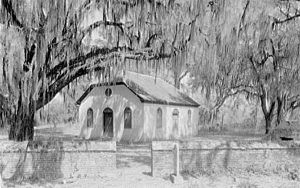 Our most recent mystery, “Another old picture of an old building,” shows historic Strawberry Chapel in Berkeley County along the Cooper River.
Our most recent mystery, “Another old picture of an old building,” shows historic Strawberry Chapel in Berkeley County along the Cooper River.
Congratulations to these sharp readers who correctly guessed: Anne Lawrence and Delia A. Smith, both of Charleston; Marnie Huger of Richmond, Va.; Chris Brooks and Steve Skardon, both of Mount Pleasant; Naomi Blumenthal of Greenwood Lake, N.Y.; Allan Peel of San Antonio, Texas; George Graf of Palmyra, Va.; Bill Segars of Hartsvlle; and Jay Altman of Columbia.
Several readers provided great context about the chapel, but Huger, who grew up in Charleston, offered a plethora of information:
“It was built as a chapel of ease in 1725 as part of the St. John’s Berkeley Parish. Located in present-day Cordesville, it was established as a mission church to the main parish church, Biggin Church. It is significant because it is the only remaining structure from the 1707 Childsbury settlement. Childsbury was one of the first towns laid out by Englishmen arriving in the Carolina colony. James Child helped design the settlement and also established a Cooper River ferry. Child was an English setter who was granted a tract of 1,200 acres on Strawberry Bluff overlooking the Cooper River in what is today Berkeley County. Upon his death, he bequeathed 500 acres of his land holdings for a town to be built.
“Strawberry Chapel is also known for the legend of 7-year-old Catherine Chicken, great daughter of James Child. She was tightly tied to a gravestone at Strawberry Chapel by her French schoolmaster as punishment for wandering around outside instead of doing her chores. He left her there, where she was discovered during the night. She survived and went on to marry Benjamin Simons III.
“Strawberry Chapel is also known for having its silver chalices, tankard, paten and offertory plates buried in a mahogany chest in February of 1865 by Keating Ball to hide it from Union General Sherman’s raiders who were expected to invade the area. He forgot where he buried it, and in 1946 the silver was found under the rice barn on nearby Comingtee Plantation.”
- Send us a mystery: If you have a photo that you believe will stump readers, send it along (but make sure to tell us what it is because it may stump us too!) Send it along to editor@charlestoncurrents.com.
Charleston Museum reopens
Staff reports | The museum, with new coronavirus safety measures, reopened May 27 with two new exhibits: From Etchings to Pastels: An Artistic Renewal of the Charleston Renaissance and Shapes of Summer: Historic Bathing Suits.
The museum’s historic houses are on track to open soon as well: Tentatively, the Joseph Manigault House will reopen on June 1, and the Heyward-Washington House on June 15. You can also have all sorts of fun and learn something too by visiting the museum virtually. More info: Charleston Museum.
Also on the calendar:
- Critter Calls. The South Carolina Aquarium has this new offer designed to make the ubiquitous virtual meeting a bit more fun. Critter Calls provides a 15-minute appearance by one of the Aquarium’s ambassador animals. More.
- Gibbes Museum. You can enjoy lots of local art offerings through the website and social media accounts of the Gibbes Museum. At 10 a.m. on weekdays, the museum posts virtual readings and workshops on Facebook. Find more online.
- Avian Conservation Center. Access videos and live streaming presentations online to learn about what’s going on at the Center for Birds of Prey.
- More. You can visit 500 museums across the world online through this Google amalgamation of sites.
Spoleto at Home offers virtual programming through June 5 that you can enjoy from the comfort and safety of your own living room! Tune in for original concerts, best-of Chamber Music hits, and insightful conversations with Festival artists. All programs are free to experience; no tickets required. Click here to find more fun stuff to do.
Online jazz: Forte Jazz Lounge in downtown Charleston has been offering music enthusiasts with the chance to watch live shows online through virtual ticketing with suggested donations of $10. The feed starts about 15 minutes before shows. When the virus scare is done, all donors will be invited to a big party blowout at the club with the Joe Clarke Big Band. Learn more.
Aquarium online. The S.C. Aquarium is expected to offer a daily Nature Challenge, a virtual “Passport to Fun” and a “Moment of Zen” starting this week online. It also offers daily education classes at 10 a.m. and 2 p.m., Monday to Friday, via its virtual network. Learn more.
- Read here to learn more about the Aquarium’s new Solo Sweep Challenge litter clean-up effort.
If you have any online events, drop us a line (editor@charlestoncurrents.com) and make sure to put “Online event” in the subject line. Similarly, if you’ve got cool ideas for stuff to do while in isolation at home, send them our way.
Granby
Situated at the head of navigation of the Congaree River, Granby was among the first important trading posts in the South Carolina interior. The town originated as a large Indian village on Congaree Creek. In 1716 colonial officials entered into an agreement with the Cherokee Indians to establish the first inland trading post. With the addition of a fort in 1748, the site became known as Congaree Fort. In 1754 a Swiss immigrant named Friday purchased one hundred acres on the Congaree and established a ferry. The area became known as Granby, where a trading post was built in 1765 by merchants James Chesnut and Joseph Kershaw. This two-story frame building stood for almost two hundred years. Occupied by the British during the Revolutionary War, it was known as Fort Granby and was the site of several skirmishes between British and patriot forces. The wartime heroine Emily Geiger was interrogated by the British during the time they occupied Fort Granby.
After the war, Granby continued to flourish. When Lexington County was established in 1785, Granby was named the seat of government. President George Washington visited Granby on his southern tour in 1791 and recorded a favorable impression of the prosperous town. In 1802 John Drayton described Granby as a settlement of two hundred houses, considerably larger than neighboring Columbia which had between eighty and one hundred houses. But the growth of Columbia eventually eclipsed Granby. Constant flooding forced the removal of the county seat to Lexington in 1820. By 1826 Robert Mills observed that Granby was “nearly deserted.” All that remains is the Granby Cemetery, which has gravestones dating to the eighteenth century.
— Excerpted from an entry by Leo Redmond. This entry may not have been updated since 2006. To read more about this or 2,000 other entries about South Carolina, check out The South Carolina Encyclopedia, published in 2006 by USC Press. (Information used by permission.)
If you like what you’ve been reading, how about considering a contribution so that we can continue to provide you with good news about Charleston and the Lowcountry. Interested? Just click the image below.
OUR UNDERWRITERS
Charleston Currents is an underwriter-supported weekly online journal of good news about the Charleston area and Lowcountry of South Carolina.
- Meet our underwriters
- To learn more about how your organization or business can benefit, click here to contact us. Or give us a holler on the phone at: 843.670.3996.
OUR TEAM
Charleston Currents offers insightful community comment and good news on events each week. It cuts through the information clutter to offer the best of what’s happening locally.
- Mailing address: 1316 Rutledge Avenue | Charleston, SC 29403
- Phone: 843.670.3996
Charleston Currents is provided to you weekly by:
- Editor and publisher: Andy Brack, 843.670.3996
- Contributing editor, common good, Fred Palm
- Contributing editor, money: Kyra Morris
- Contributing editor, Palmetto Poem: Marjory Wentworth
- Contributing editor, real estate: Digit Matheny
- Contributing photographer: Rob Byko
SUBSCRIBE FOR FREE
Subscriptions to Charleston Currents are free.
- Click here to subscribe.
- Unsubscribe. We don’t want to lose you as a reader of Charleston Currents, but if you must unsubscribe, you will have to do it through the email edition you receive. Just go to the bottom of any of your weekly newsletters and click the “unsubscribe” function. If that doesn’t work, please send us an email with the word “unsubscribe” in the subject line.
- © 2008-2020, City Paper Publishing, LLC. All rights reserved. Charleston Currents is published every Monday by City Paper Publishing LLC, 1316 Rutledge Ave., Charleston, SC 29403.


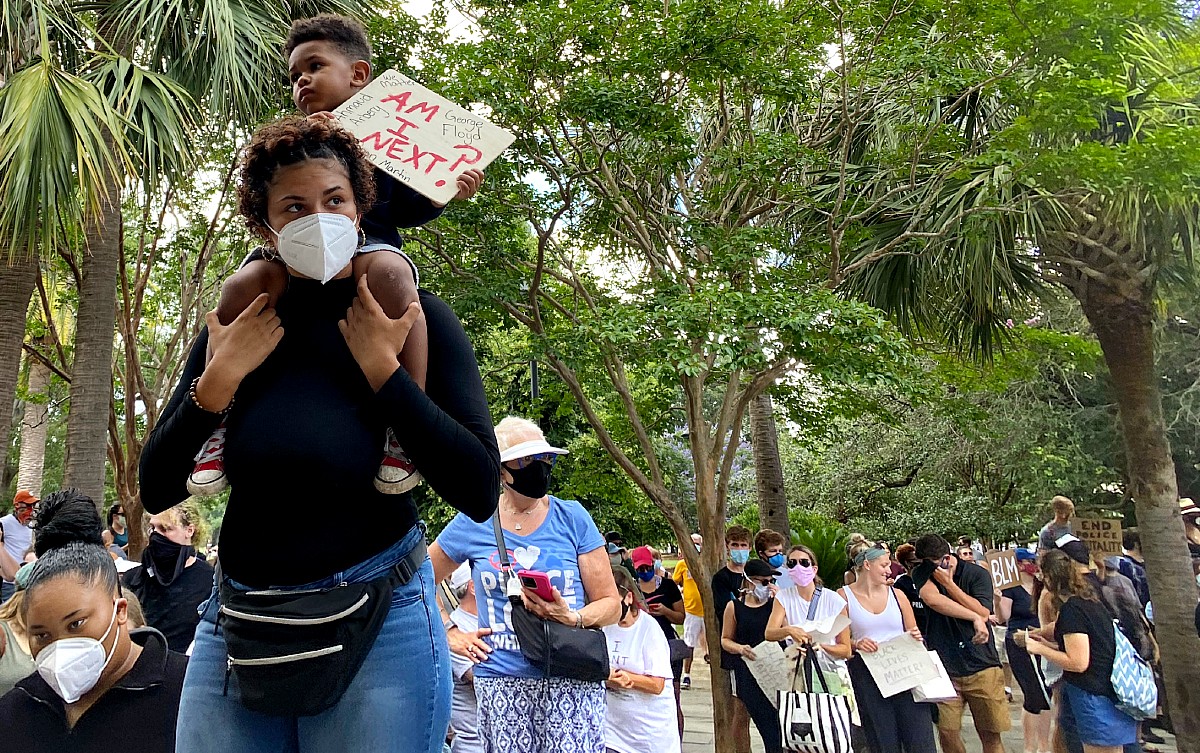
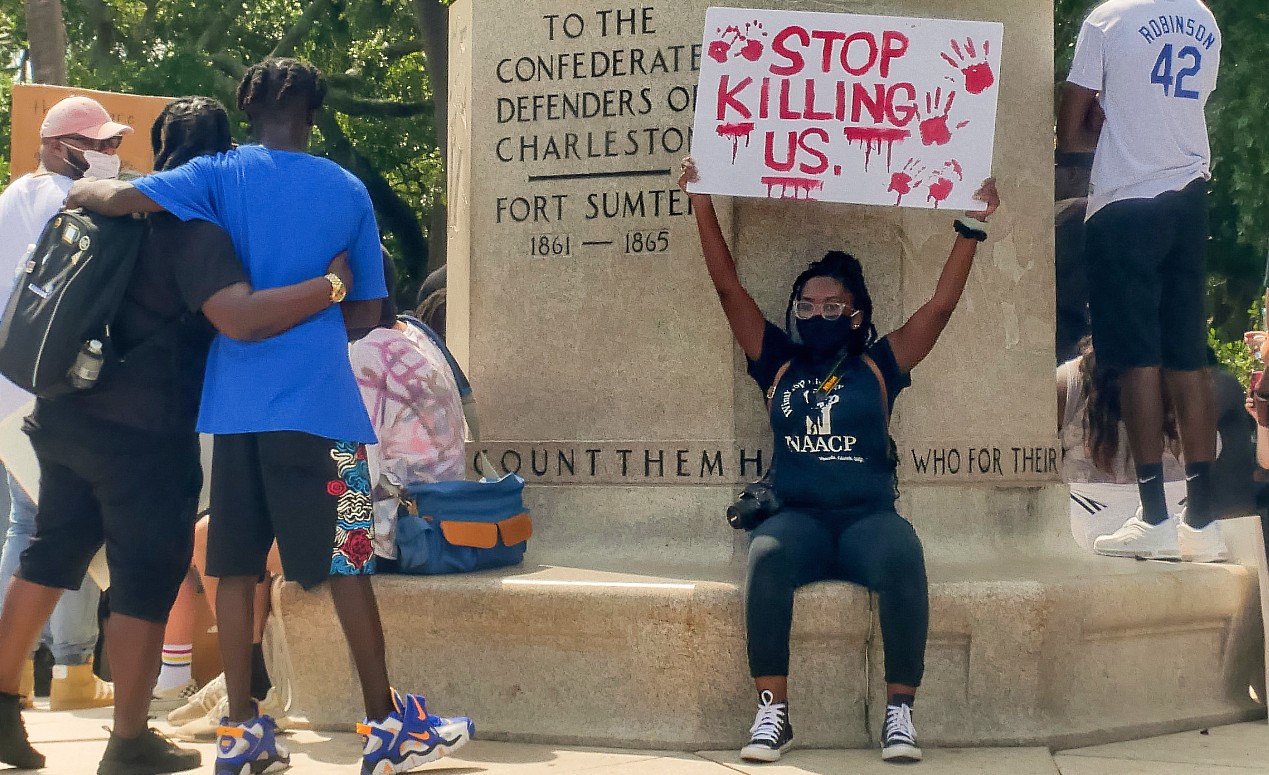
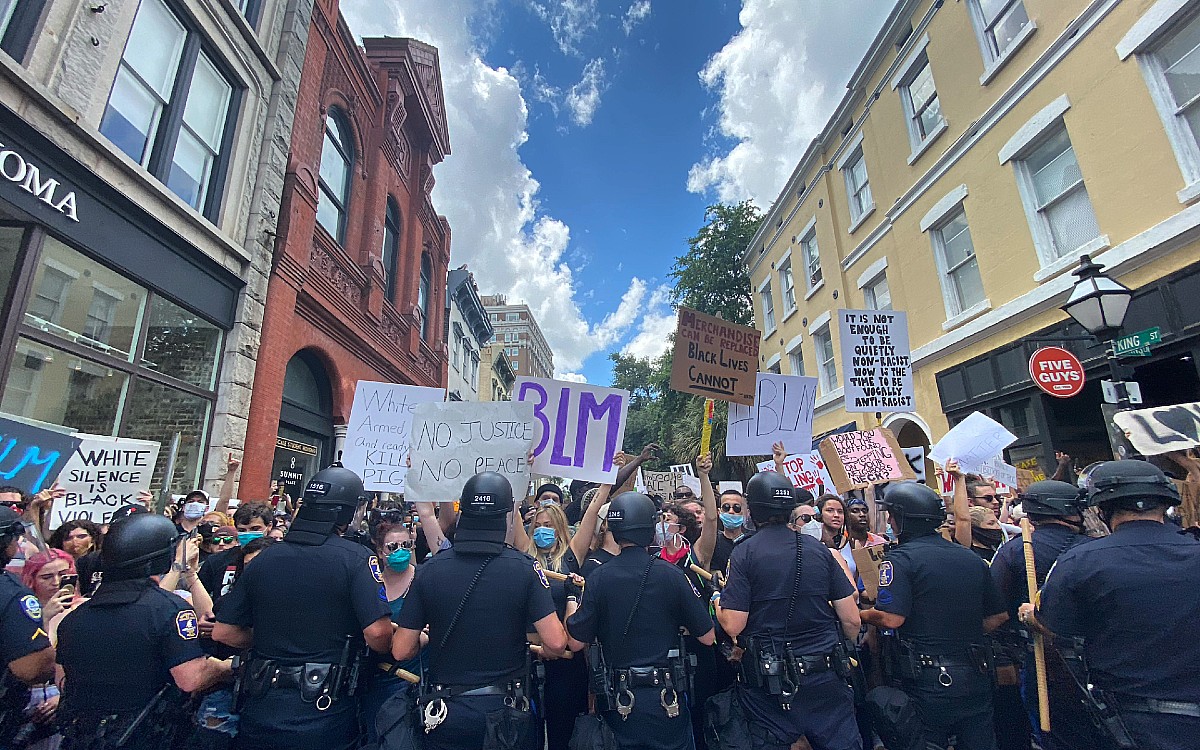
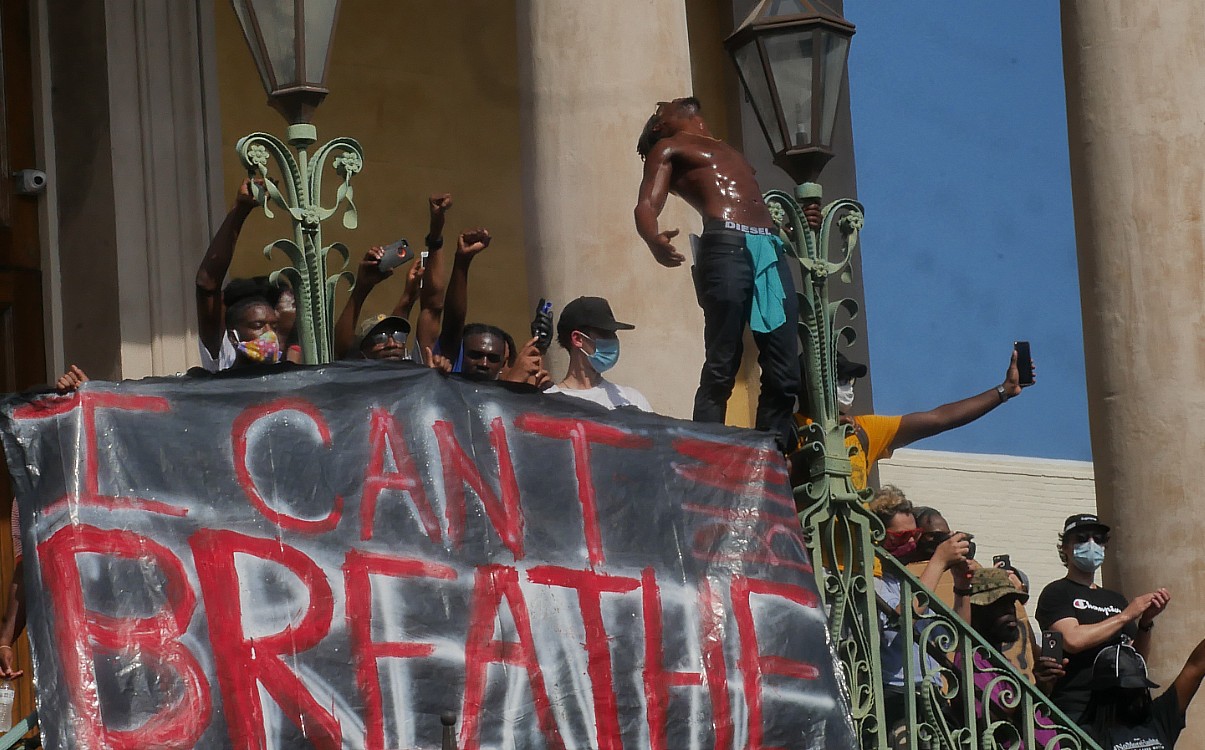
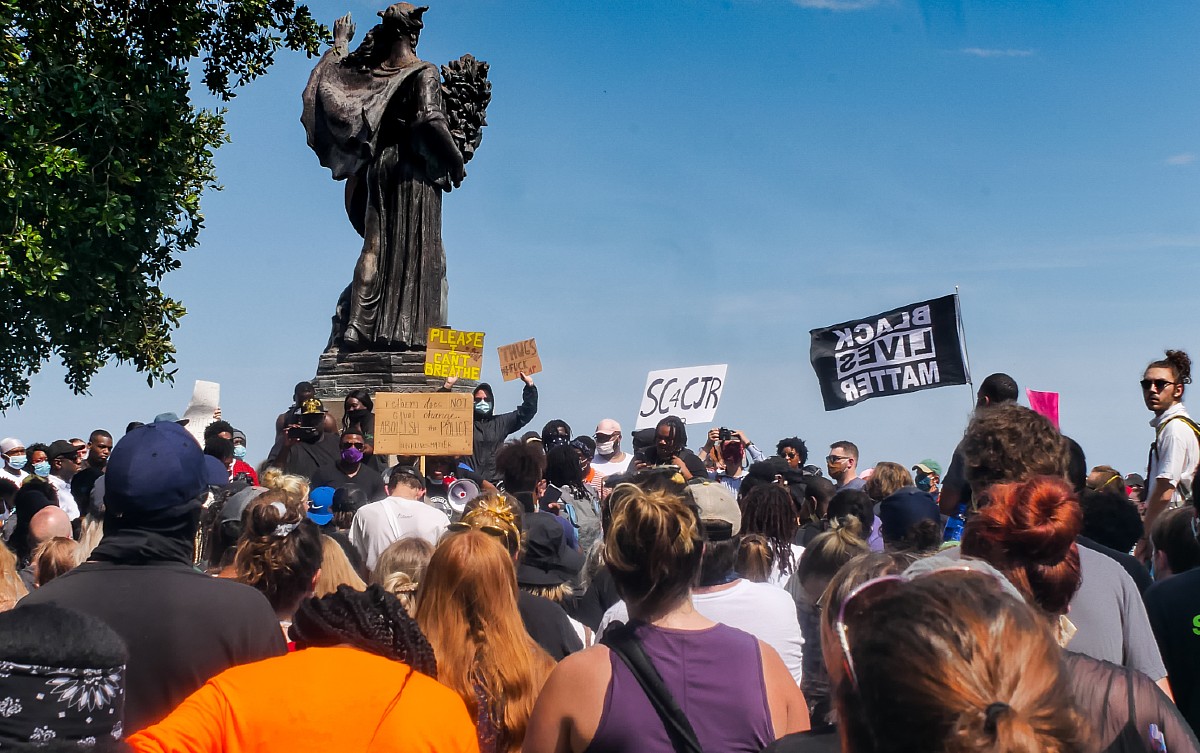

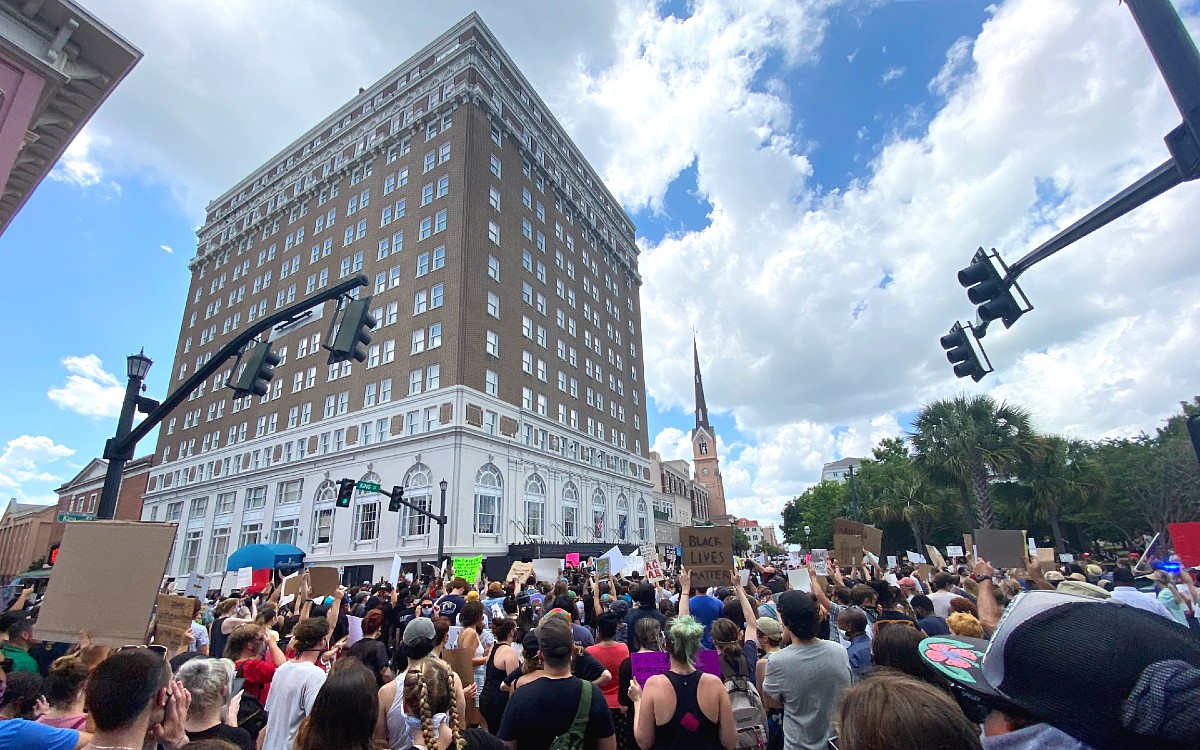
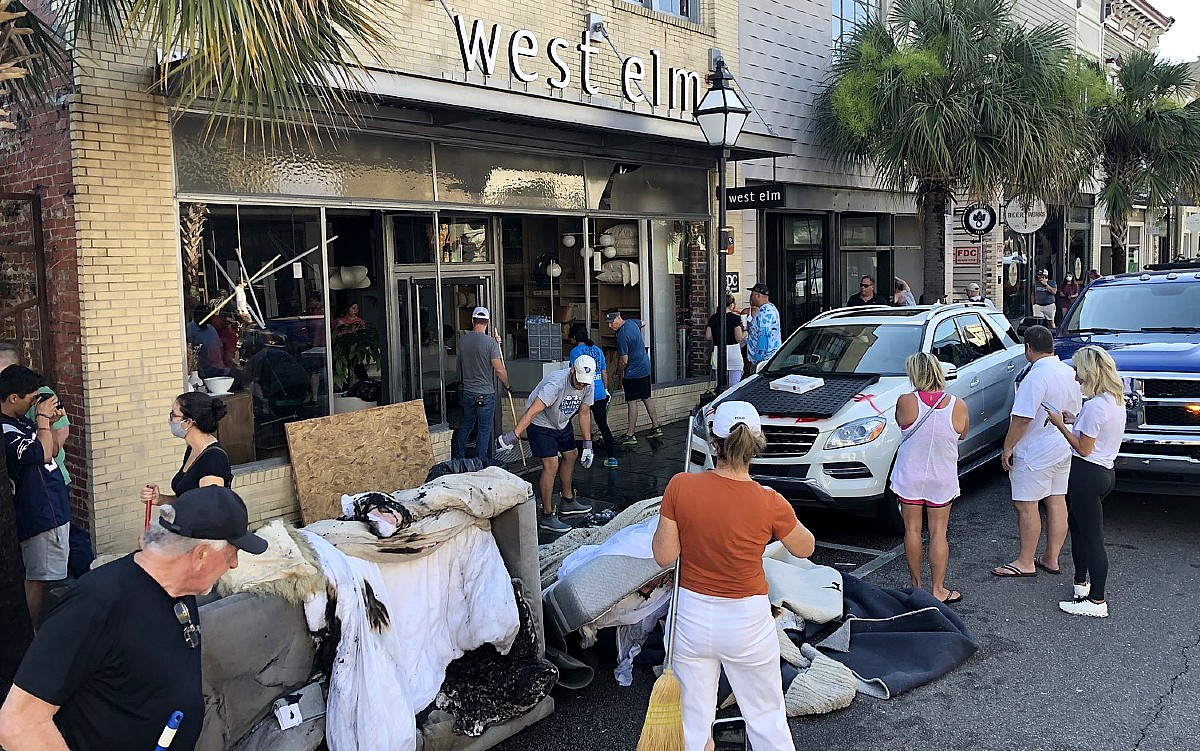
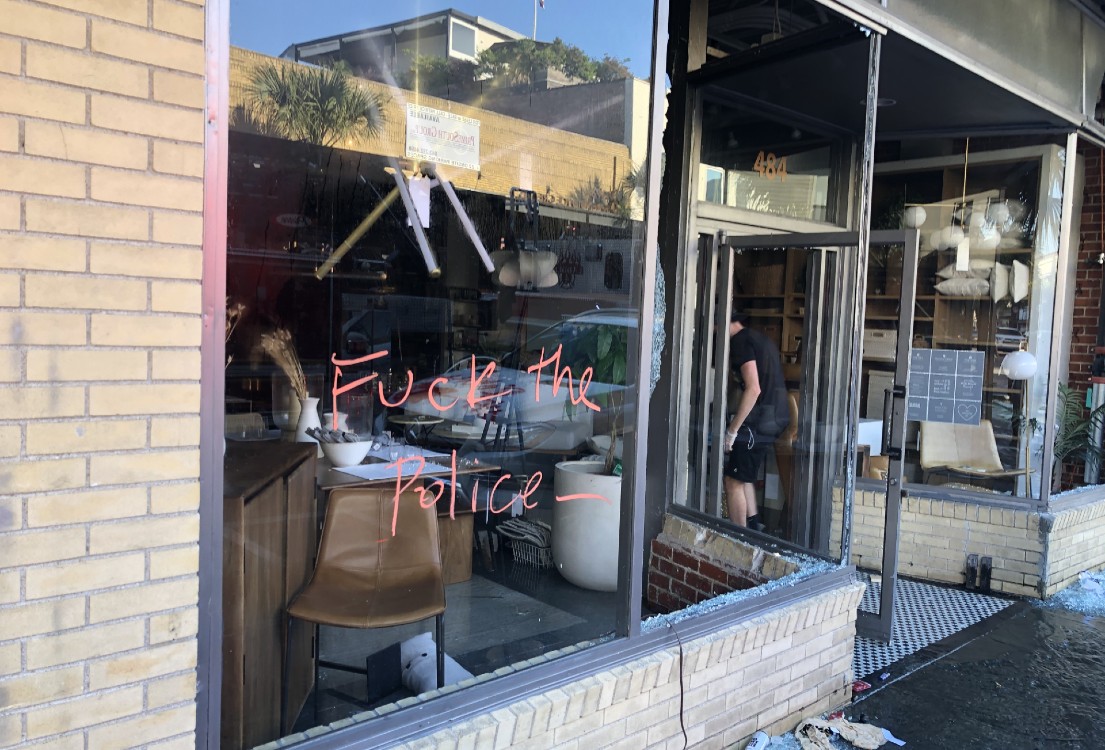


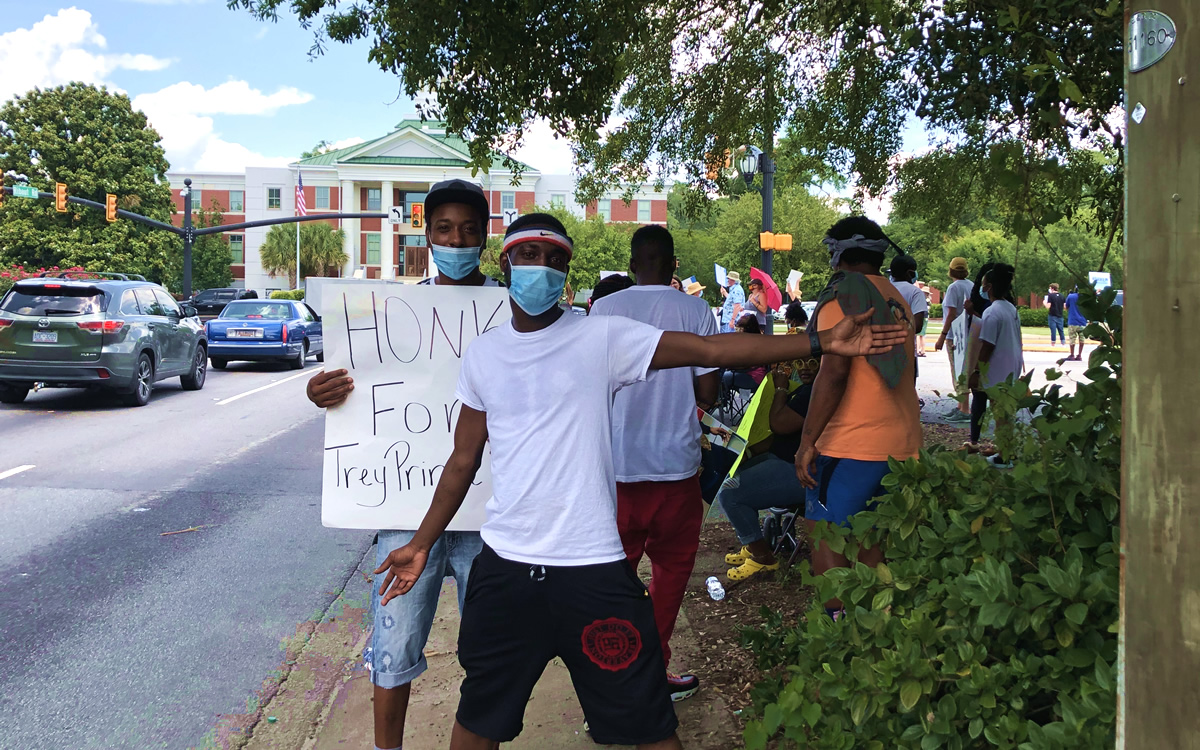
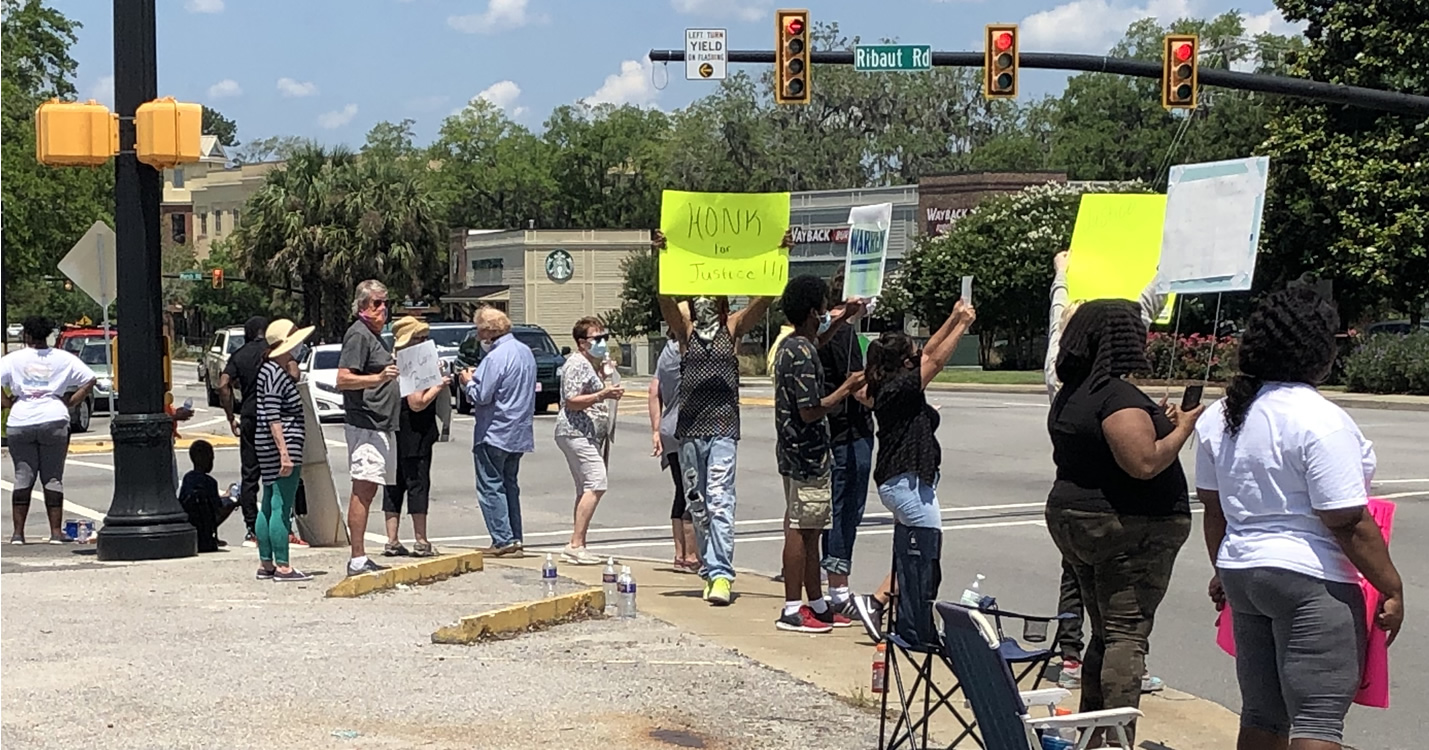
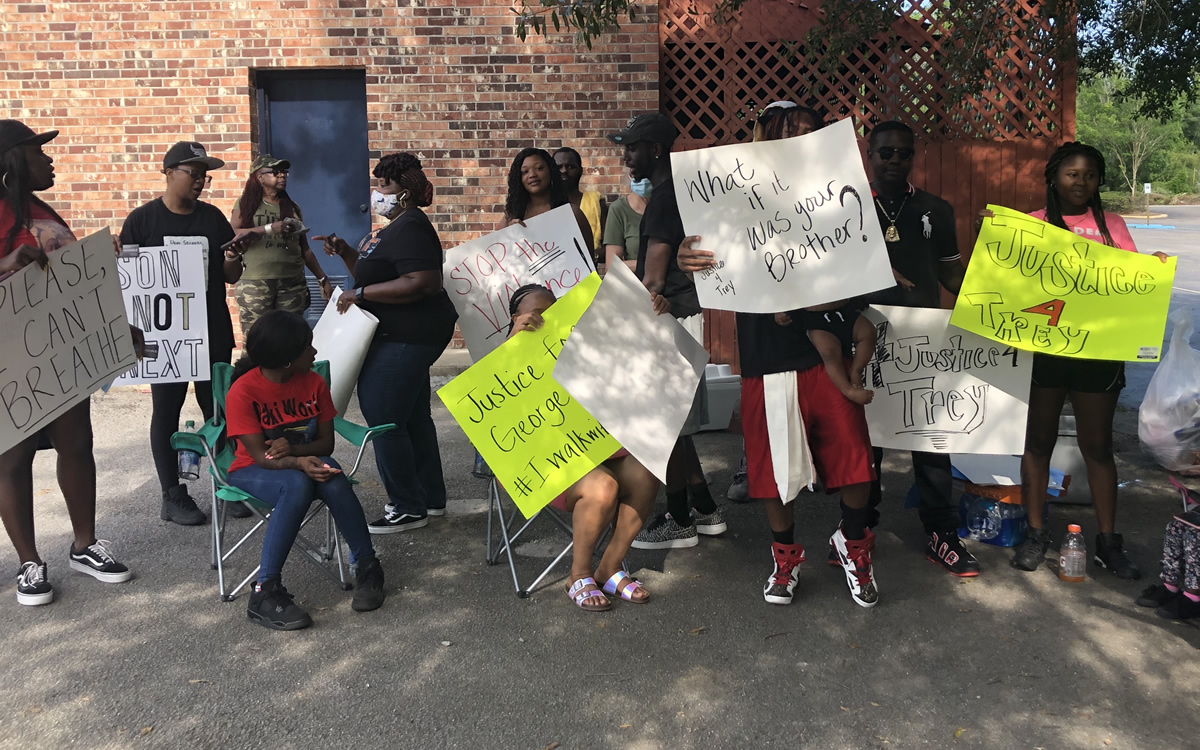


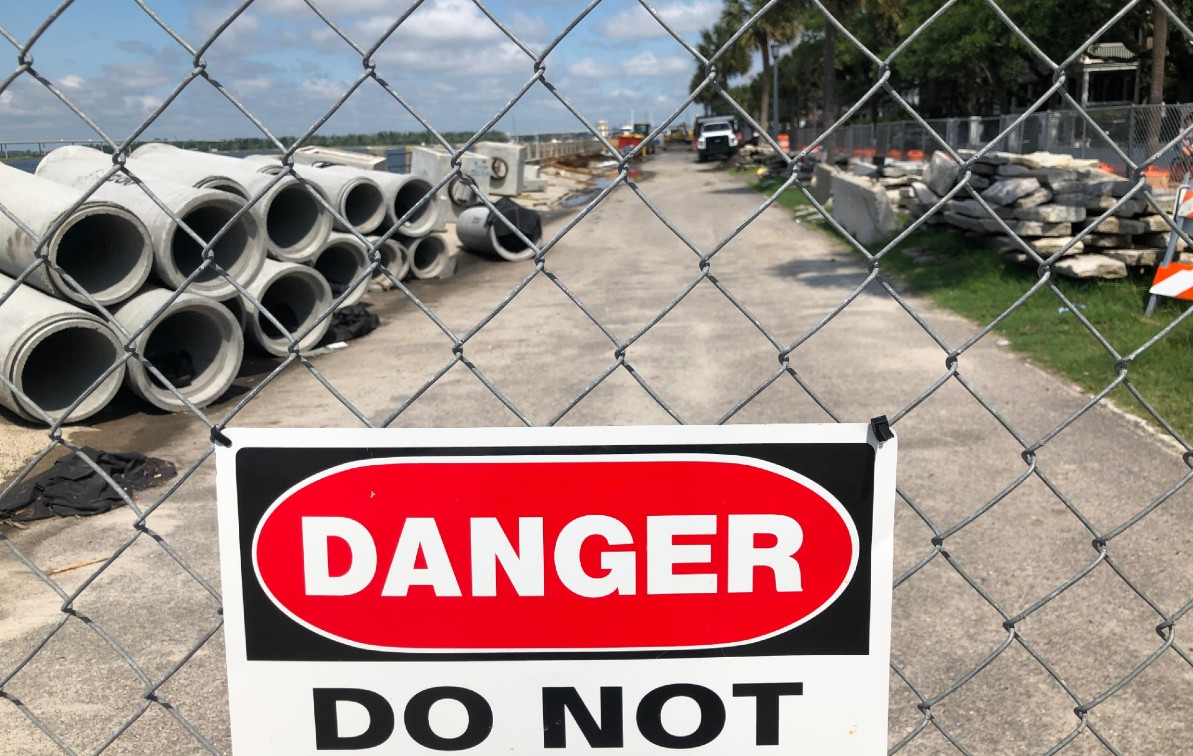
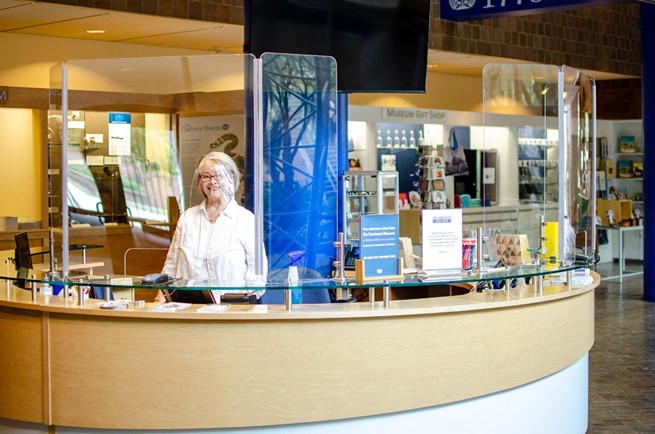
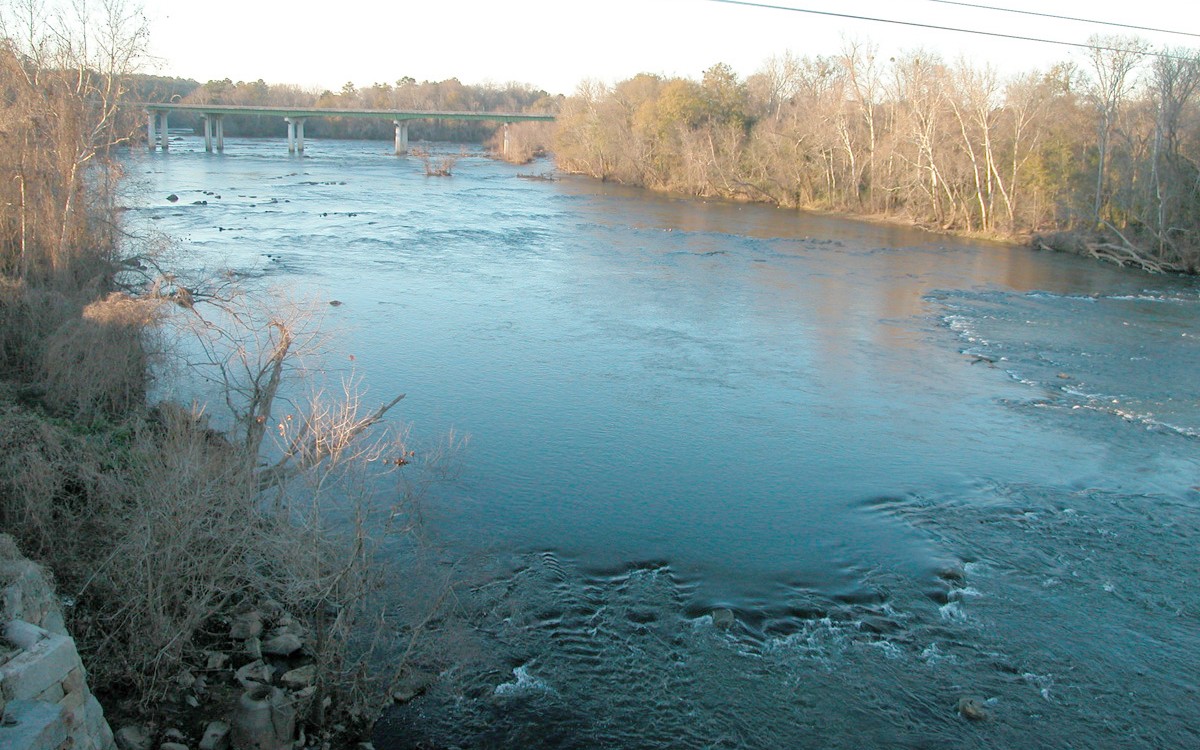

 We Can Do Better, South Carolina!
We Can Do Better, South Carolina!
























